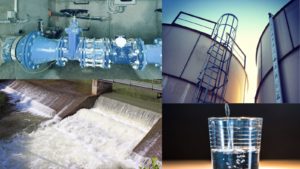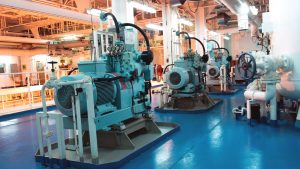If you notice, construction is not what it used to be, and that is indeed a good thing. Industrialised construction brings smarter ways to build using tools in today’s world. These modern methods help construction teams work faster, safer, and with fewer surprises.
In this article, we will explore the top five industrialised construction methods making waves across the industry.
In this article, we will explore the top five industrialised construction methods making waves across the industry.
What is Industrialised Construction?
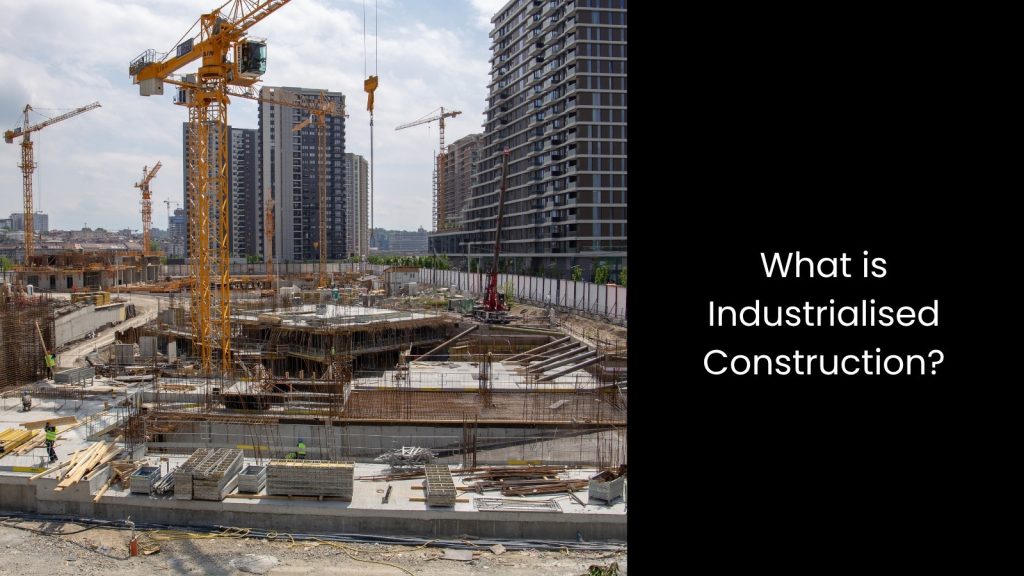
- This means building things in a smarter and more organised way, using factory-like methods instead of doing everything by hand on-site. This approach uses machines, off-site manufacturing, and repeatable processes to make construction faster, safer, and more consistent.
- Unlike traditional construction, where workers build everything piece by piece at the construction site, industrialised construction prepares most parts in controlled environments like factories, then brings them to the site for quick assembly.
- We all know that traditional methods tend to face delays from weather, material waste, or human error, while industrialised methods reduce those problems by planning ahead and keeping most work indoors. This method does not just save time; it also helps reduce noise, mess, and safety risks.
- In many countries, builders now use digital models to plan every step clearly, which helps them avoid mistakes before they happen. With this new way of working, their teams stay more focused, and projects move along without as many hiccups.
Core Methods of Industrialised Construction
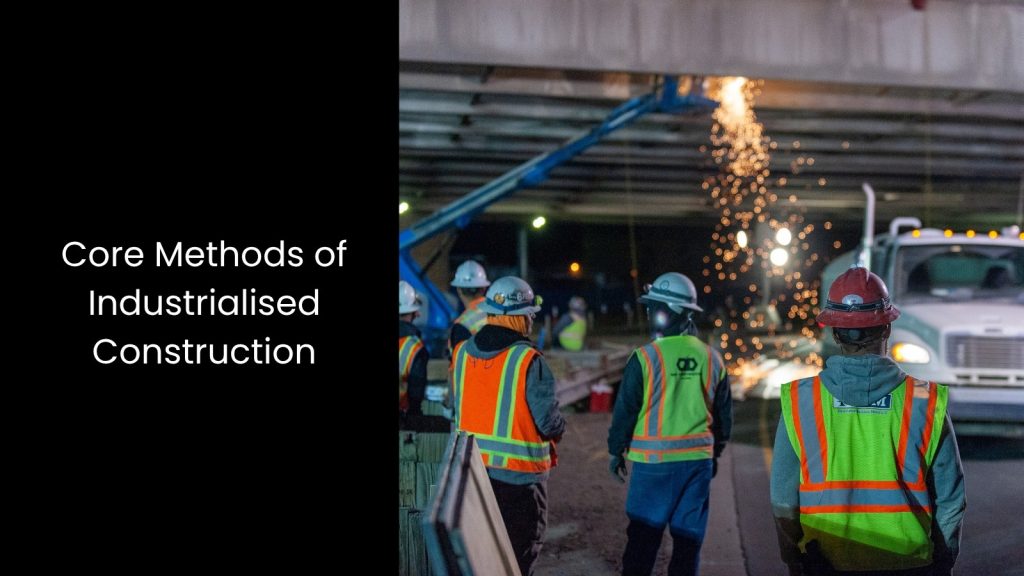
Prefabrication
Prefabrication means building parts of a structure somewhere else, like in a factory, then moving them to the construction site for quick assembly. Instead of starting from scratch on-site, workers receive ready-made walls, floors, roofs, or pipes that already meet the needed size and shape.
When you follow this method, you get things ready in one place, so putting them together later becomes much easier and faster. This way, workers can avoid weather delays, use fewer tools, and waste less material because everything arrives ready to fit.
Further, constructors can also stick to tighter schedules since they do not need to stop and wait for every piece to be built from zero.
Prefabrication also helps create better quality parts because people work in cleaner, safer spaces with better equipment. When they finish each piece in a controlled spot, they reduce mistakes and cut down on fixing problems later.
So, it is clear that construction crews can stay more focused instead of spending weeks shaping each piece on a noisy site.
When you follow this method, you get things ready in one place, so putting them together later becomes much easier and faster. This way, workers can avoid weather delays, use fewer tools, and waste less material because everything arrives ready to fit.
Further, constructors can also stick to tighter schedules since they do not need to stop and wait for every piece to be built from zero.
Prefabrication also helps create better quality parts because people work in cleaner, safer spaces with better equipment. When they finish each piece in a controlled spot, they reduce mistakes and cut down on fixing problems later.
So, it is clear that construction crews can stay more focused instead of spending weeks shaping each piece on a noisy site.
Modular Construction
This is where the constructors build entire rooms or sections of a building in a factory, then move them to the site and stack them together like giant blocks.
Instead of waiting for each wall or floor to get made outdoors, workers complete full modules, like bathrooms, bedrooms, or even entire apartment units, indoors with plumbing, wiring, and walls already finished. This process works like building furniture sets at a workshop and simply delivering them for final setup.
Likewise, constructors can build faster and smarter because they do not deal with rain, wind, or muddy job sites. Each module is made with clear standards and quality checks, which helps the final structure feel solid and consistent. As the site team prepares the foundation, the factory team finishes the modules at the same time, which cuts the entire project timeline almost in half.
When the modules arrive, cranes lift them into place, and workers connect them together. This approach makes it easier to finish schools, hospitals, homes, or offices much faster than usual. The process also keeps sites quieter, cleaner, and less dangerous.
With everything planned and made ahead of time, we can see that modular construction helps teams avoid surprises and deliver neat, strong buildings.
Instead of waiting for each wall or floor to get made outdoors, workers complete full modules, like bathrooms, bedrooms, or even entire apartment units, indoors with plumbing, wiring, and walls already finished. This process works like building furniture sets at a workshop and simply delivering them for final setup.
Likewise, constructors can build faster and smarter because they do not deal with rain, wind, or muddy job sites. Each module is made with clear standards and quality checks, which helps the final structure feel solid and consistent. As the site team prepares the foundation, the factory team finishes the modules at the same time, which cuts the entire project timeline almost in half.
When the modules arrive, cranes lift them into place, and workers connect them together. This approach makes it easier to finish schools, hospitals, homes, or offices much faster than usual. The process also keeps sites quieter, cleaner, and less dangerous.
With everything planned and made ahead of time, we can see that modular construction helps teams avoid surprises and deliver neat, strong buildings.
3D Printing
3D printing is a popular method that uses large robotic machines to ‘print’ buildings layer by layer with special materials like concrete or plastic. Let us explain below.
Instead of laying bricks or hammering nails, these machines follow a digital plan and squeeze out material, slowly shaping walls and floors. This method changes how people think about building, as it skips many traditional steps and still creates strong, usable structures. Workers set up the printer and make sure the mix flows right, but the robot does most of the heavy lifting.
The design can look unique, too, since 3D printers easily form curves and shapes that take much longer using old-school tools. Using this method, constructors can build homes, offices, or shelters faster and with fewer people, which saves money and cuts down waste.
Plus, they do not have to rely on a long list of materials or spend hours measuring and cutting. Once the printer starts, it works smoothly and does not stop automatically. This way of building feels almost futuristic, but more and more teams already use it today.
Instead of laying bricks or hammering nails, these machines follow a digital plan and squeeze out material, slowly shaping walls and floors. This method changes how people think about building, as it skips many traditional steps and still creates strong, usable structures. Workers set up the printer and make sure the mix flows right, but the robot does most of the heavy lifting.
The design can look unique, too, since 3D printers easily form curves and shapes that take much longer using old-school tools. Using this method, constructors can build homes, offices, or shelters faster and with fewer people, which saves money and cuts down waste.
Plus, they do not have to rely on a long list of materials or spend hours measuring and cutting. Once the printer starts, it works smoothly and does not stop automatically. This way of building feels almost futuristic, but more and more teams already use it today.
BIM (Building Information Modelling)
BIM lets builders create smart 3D models of a project before they even touch the construction site. These models do not just show what a building looks like, but they include details about materials, schedules, costs, and even how systems like electricity and plumbing connect.
Therefore, instead of guessing or flipping through hundreds of paper plans, teams can open a computer file that shows them exactly what to do and when to do it. Everyone from designers to engineers and workers can look at the same model, which keeps them on the same page and avoids confusion.
Moreover, BIM is like having a super-detailed map that not only shows you where to go but also tells you what tools to pack. This way, builders spot clashes early, like if a pipe runs into a beam, and fix those problems before they become real.
Not to mention that this saves time, money, and a lot of headaches. Since the model updates as the project changes, people always know what is going on. Using BIM helps teams stay better prepared, avoid mistakes, and finish jobs with more confidence.
Therefore, instead of guessing or flipping through hundreds of paper plans, teams can open a computer file that shows them exactly what to do and when to do it. Everyone from designers to engineers and workers can look at the same model, which keeps them on the same page and avoids confusion.
Moreover, BIM is like having a super-detailed map that not only shows you where to go but also tells you what tools to pack. This way, builders spot clashes early, like if a pipe runs into a beam, and fix those problems before they become real.
Not to mention that this saves time, money, and a lot of headaches. Since the model updates as the project changes, people always know what is going on. Using BIM helps teams stay better prepared, avoid mistakes, and finish jobs with more confidence.
Robotics and Automation
Robotics and automation are sort of an advanced combination which lets machines handle tasks that slow people down or wear them out, like laying bricks, digging holes, or moving heavy materials. These robots do not replace workers; they just make jobs easier, faster, and less risky.
When machines take over repeated tasks, humans can focus on more skilled work like planning, guiding, or checking quality. These tools do not get tired, do not need breaks, and follow instructions exactly.
With automation, workers stay safer because they do not have to lift as much or stand in dangerous spots. The work also looks cleaner because robots follow digital plans closely. Construction workers can finish faster, make fewer mistakes, and do not waste as much material.
Plus, automation helps solve the problem of not having enough skilled workers on every site. As more projects grow in size and speed, using robotics just makes sense. Construction does not stop evolving, and bringing in smart machines turns job sites into places where work feels smoother and safer.
When machines take over repeated tasks, humans can focus on more skilled work like planning, guiding, or checking quality. These tools do not get tired, do not need breaks, and follow instructions exactly.
With automation, workers stay safer because they do not have to lift as much or stand in dangerous spots. The work also looks cleaner because robots follow digital plans closely. Construction workers can finish faster, make fewer mistakes, and do not waste as much material.
Plus, automation helps solve the problem of not having enough skilled workers on every site. As more projects grow in size and speed, using robotics just makes sense. Construction does not stop evolving, and bringing in smart machines turns job sites into places where work feels smoother and safer.
Embracing Technology-Driven Industrialised Methods to Modernise Construction
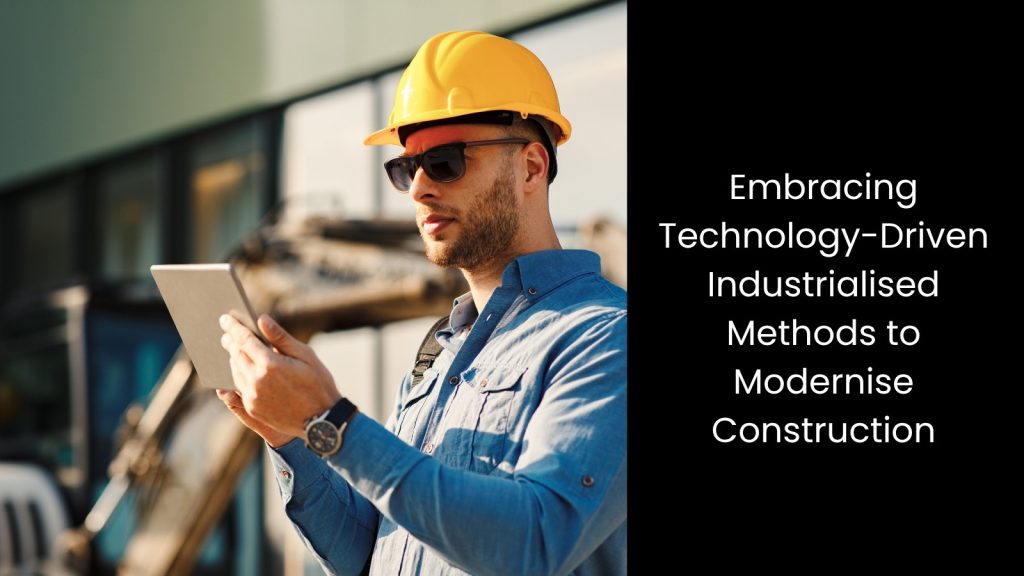
It is certain that adopting industrialised construction methods brings people, planning, and technology together. With tools like robotics, prefabrication, and digital modelling, or the software solutions that have such embedded technologies, builders can work smarter, avoid stress, and finish projects with more care. However, if you need to modernise your construction site with the latest tools, you must partner with an industry expert for the best outcome.


